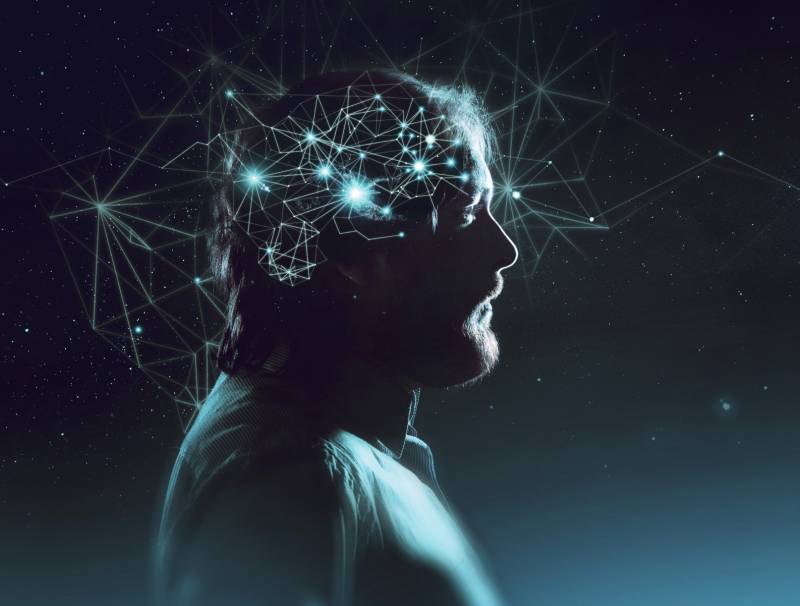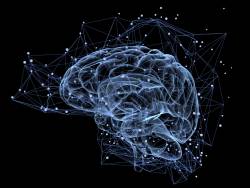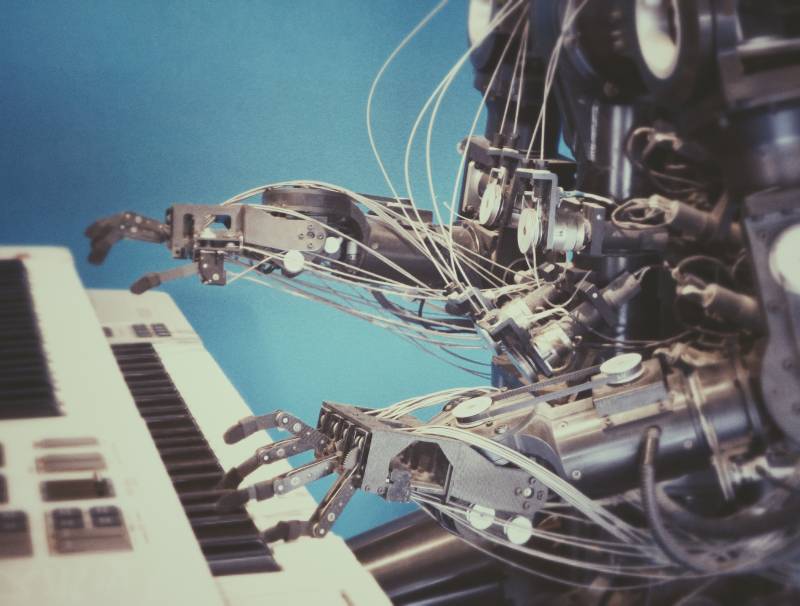THE SCIENTIFIC EVIDENCE OF GOD IS ALREADY HERE, SO WHAT ARE YOU DOING ABOUT IT? PART 4
The Good News Experiment: We Are One
The good news is that experiments are already showing that consciousness is nonlocal; it is unitive. The first such experiment proving it unequivocally (that is, with objective machines and not through subjective experiences of people) was performed by the neurophysiologist Jacobo Grinberg and his collaborators at the University of Mexico.
Quantum physics, besides discontinuity, gives us another amazing principle to operate with—non-locality. The principle of locality says that all communication must proceed through local signals that have a speed limit. Einstein established this speed limit as the speed of light (the enormous but finite speed of 300,000 km/s). So this locality principle, a limitation imposed by Einsteinian thinking precludes instantaneous communication via signals. And yet, quantum objects are able to influence one another instantly, once they interact and become correlated through quantum nonlocality. The Physicist Alain Aspect and his collaborators demonstrated this in 1982. The data does not have to be seen as a contradiction to Einsteinian thinking once we recognize quantum nonlocality for what it is—a signal-less interconnectedness outside space and time.
Grinberg, in 1993, was trying to demonstrate quantum nonlocality for two correlated brains. Two people meditate together with the intention of direct (signal less, nonlocal) communication. After twenty minutes, they are separated (while still continuing their unifying intention), placed in individual Faraday cages (electromagnetically impervious chambers), and each brain is wired up to an electroencephalogram (EEG) machine. One subject is shown a series of light flashes producing in his or her brain an electrical activity that is recorded in the EEG machine from which an “evoked potential” is extracted with the help of a computer upon subtracting the noise. The evoked potential is somehow found to be transferred to the other subject’s brain onto the EEG of this subject which now gives (upon subtraction of noise) a transferred potential (similar to the evoked potential in phase and strength). Control subjects (those who do not meditate together or are unable to hold the intention for signal-less communication during the duration of the experiment) do not show any transferred potential.
The experiment demonstrates the nonlocality of brain responses to be sure, but something even more important—nonlocality of consciousness. How else to explain how the forced choice of the evoked response in one brain can lead to the choice of an (almost) identical response in the correlated partner's brain? The neuropsychiatrist Peter Fenwick in London has replicated the experiment since then.
TO BE CONTINUED...






















